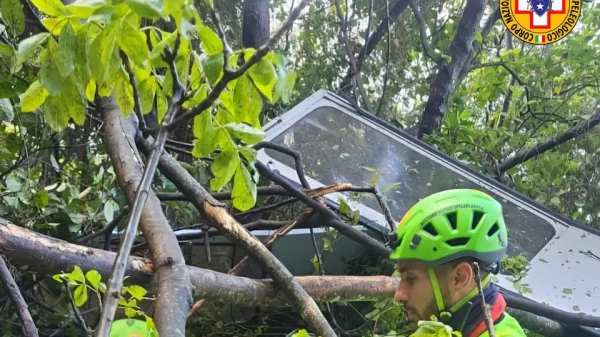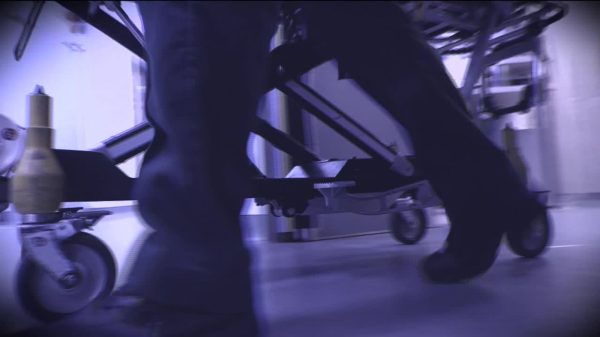
Library picture
People are being urged to pile logs in their gardens to help save Britain’s largest beetle.
The stag beetle has become extinct in some parts of Europe.
Laura Bower, Conservation Officer of the People’s Trust For Endangered Species (PTES), said:
“We can’t let happen here.”
The insect’s habitat is now mainly in the South East of England.
The stag beetle has fearsome looking jaws and be as much three inches long.
To mark Insect Week – 21st – 27th June – the PTES has launched a garden survey to protect endangered stag beetles from extinction.
It is urging people to pile logs in their gardens.
Laura said: “Gardens and green spaces are a haven for all sorts of wildlife.
“Creating log piles, pyramids and leaving dead wood to rot down into the soil makes the perfect habitat for a whole host of species, including stag beetles which, like many invertebrates, are declining across the country due to habitat loss.
“Helping invertebrates in this way couldn’t be easier, so we hope lots of people can help by making a stag beetle a home this summer!”
The advice from the PTES is:
You can make your own log pile using logs, wood chips, old firewood or fallen branches. Once you have gathered your pile, place them in a corner of your garden. “The log pile can be neat or untidy (insects don’t mind!) and can be made using a variety of different sized pieces of dead wood and leaves.”
Different locations will attract different species, so don’t be afraid to place your log pile in both the sun and shade. “If positioned in the shade, the log pile will stay damp and is good for fungi, mosses and some invertebrates, but if in full sun, the wood will dry out and is good for solitary bees.”
You can also add tree stumps or hedges to your log pile, too. These can be ones which have either died naturally or have been cut down.
“To make a log pyramid that will benefit stag beetles specifically, you will need to partially bury the logs upright in the soil,” the charity say. “To enable stag beetles to lay their eggs, and for larvae to move in and out, make sure there is space filled with soil in between the logs.”






















